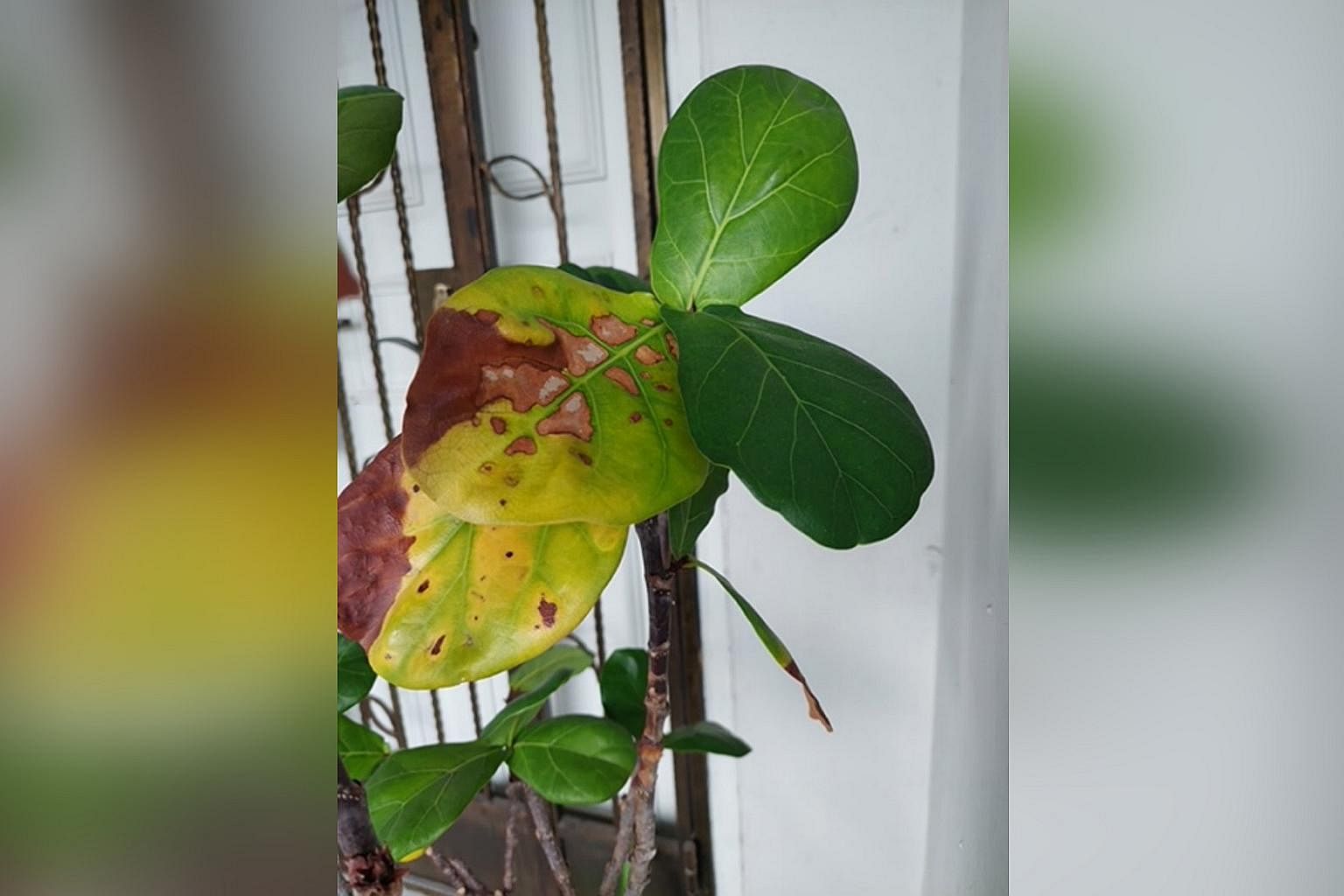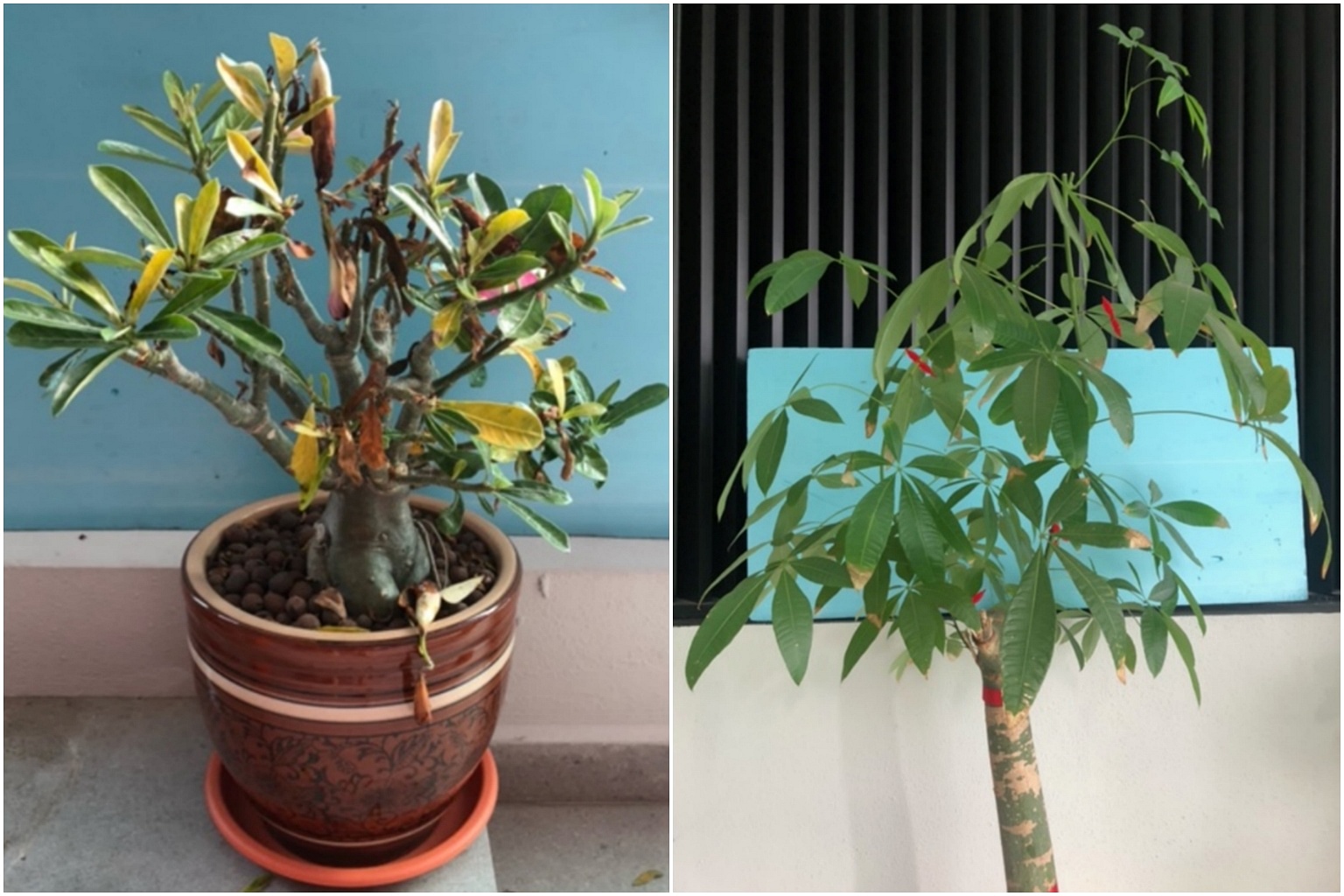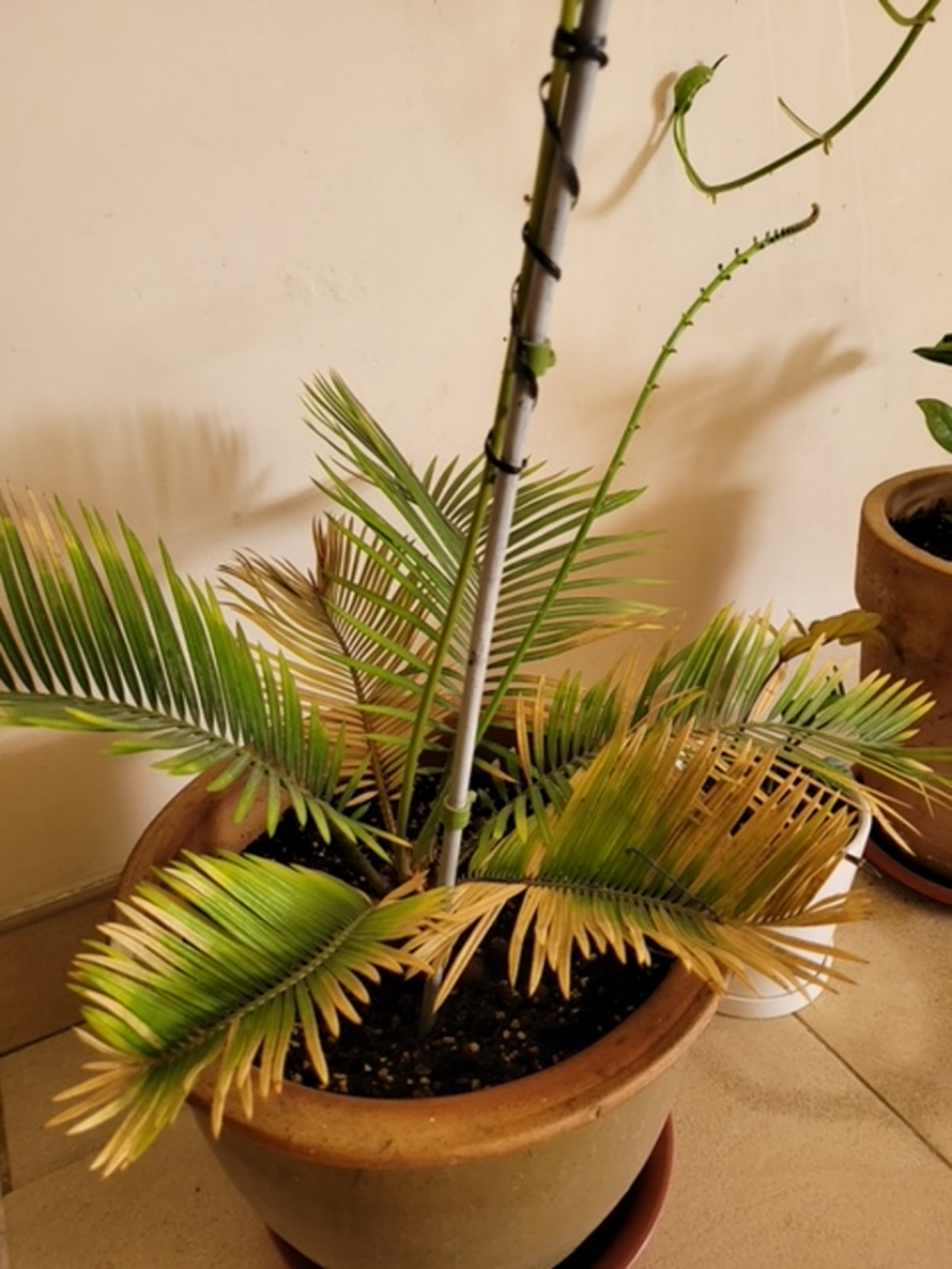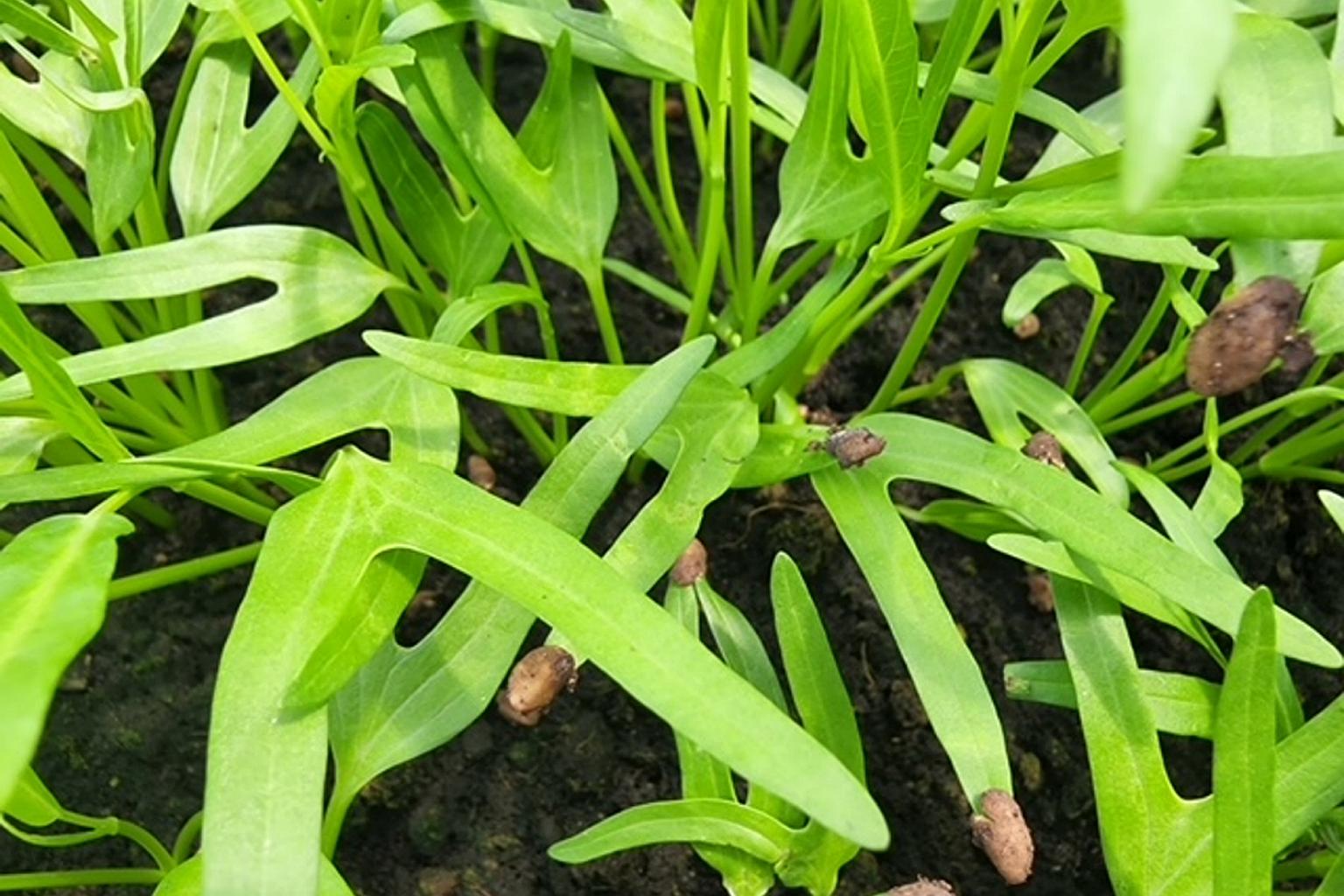Root Awakening: Fiddle-leaf Fig needs light to thrive
Sign up now: Get ST's newsletters delivered to your inbox

The fiddle-leaf fig needs at least six hours of direct sunlight to grow well.
PHOTO: ROS YIP
Follow topic:
Fiddle-leaf fig needs sunlight to thrive
The leaves of my fiddle-leaf fig have been turning yellow and then brown before dropping. The plant is placed at the corridor away from direct sunlight and is watered fully once a week. I have tried adding perlite to make the soil more airy, and using fertilisers high in nitrogen and potassium, but none of this made a difference. The tree used to have full, lush and big leaves. What should I do to nurse it back to health?
Ros Yip
The fiddle-leaf fig (Ficus lyrata) needs at least six hours of direct sunlight to grow well. You can see healthy specimens growing in Singapore's outdoor parks and gardens. A lack of light results in unhealthy plants that are prone to pests and diseases.
Water the plant regularly to keep the root zone moist and do not let it dry out excessively. Move the plant to a brighter site for it to recuperate, but do so gradually over a period of about a month so that it can acclimatise to the higher light levels.
Plants need more light to grow

I bought these two plants a month ago and water them every other day. They are in my terrace next to a window, which get morning sun for at least an hour daily. How can I keep them healthy and prevent them from becoming dry, damaged or diseased?
Terry Li
The desert rose (Adenium obesum) is a succulent that needs at least six hours of direct sunlight a day. A lack of light will cause it to lose its leaves and succumb to diseases like rot, due to poor health. Under low light conditions, the root zone will also not dry out fast enough.
The same applies for the Guiana Chestnut (Pachira aquatica). The lack of light has caused this plant to produce long, spindly growth with wide internodes.
Sago palm needs nutrients, light

My palm plant seems to be dying. It is placed along the corridor outside my main door and receives afternoon sunlight from the opening to the lift lobby. I have added fertiliser and water it sparingly. What should I do?
Jeremy Tay
The plant is not a true palm, although it looks like one. Its common name is the sago palm and its botanical name is Cycas revoluta.
First, the new leaves look long and stretched. It is a sign that the plant is not receiving enough sunlight. Its current location is at the base of a concrete parapet, which is too dark for the plant. It grows better with at least six hours of direct sunlight daily.
The browning tips of the older leaves could be due to a deficiency in key nutrients such as magnesium. The quickest remedy is to feed your plant regularly with fertiliser that contains magnesium.
Also, check that the soil is well-drained and aerated. Although the plant is drought-tolerant, keep the soil moist. Do not let it dry out totally, as it needs healthy roots to take up nutrients and water.
Kangkong will shed seed coat as it grows

I notice these black heads at the ends of the leaves of my kangkong plant. What are they and what does their presence mean for the plant?
Adrian Ling
The dark heads of the kangkong seedling's leaves are seed coats. There is no cause for concern, nor will you need to remove them. As the plant develops, the leaves will be shed, along with the seed coats. The coats will break down over time.
Sapling is the umbrella tree

What is this plant that just sprouted in one of my pots?
Tony Ng
The plant appears to be the Umbrella Tree, also known as the Octopus Tree. Its botanical name is Heptapleurum actinophyllum. The plant can grow up to 2m in height, and thrives under both filtered and direct sunlight. It will need a much larger container than what is shown in the picture. It is best planted in the ground outdoors, where it can grow into a tree.
- Answers by Dr Wilson Wong, an NParks-certified practising horticulturist, parks manager and ISA-certified arborist. He is the founder of Green Culture Singapore and an adjunct assistant professor (Food Science & Technology) at the National University of Singapore.
- Have a gardening query? E-mail it with clear, high-resolution pictures of at least 1MB, if any, and your full name to stlife@sph.com.sg. We reserve the right to edit and reject questions.

